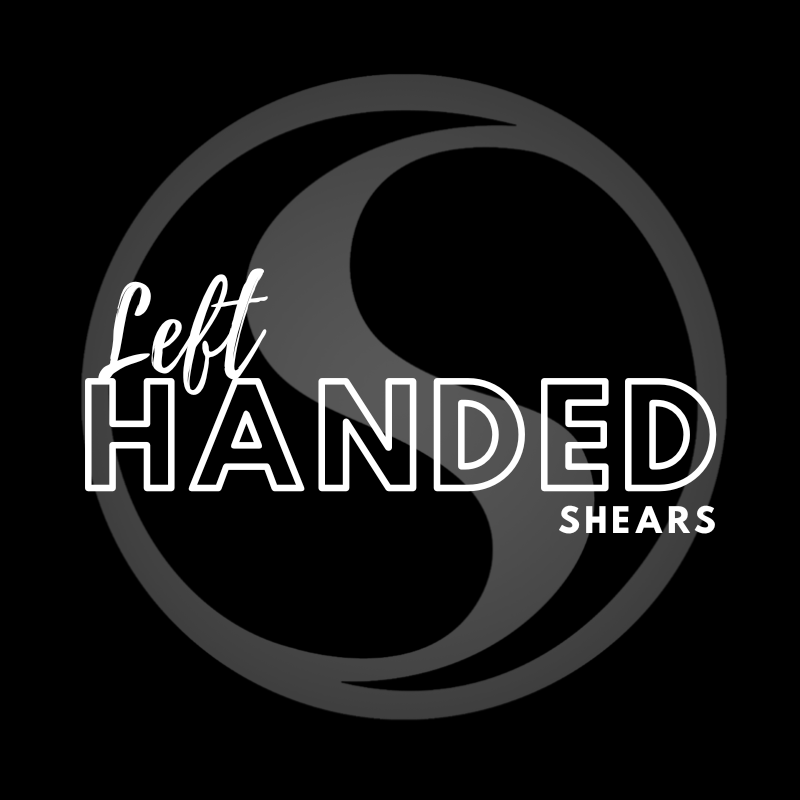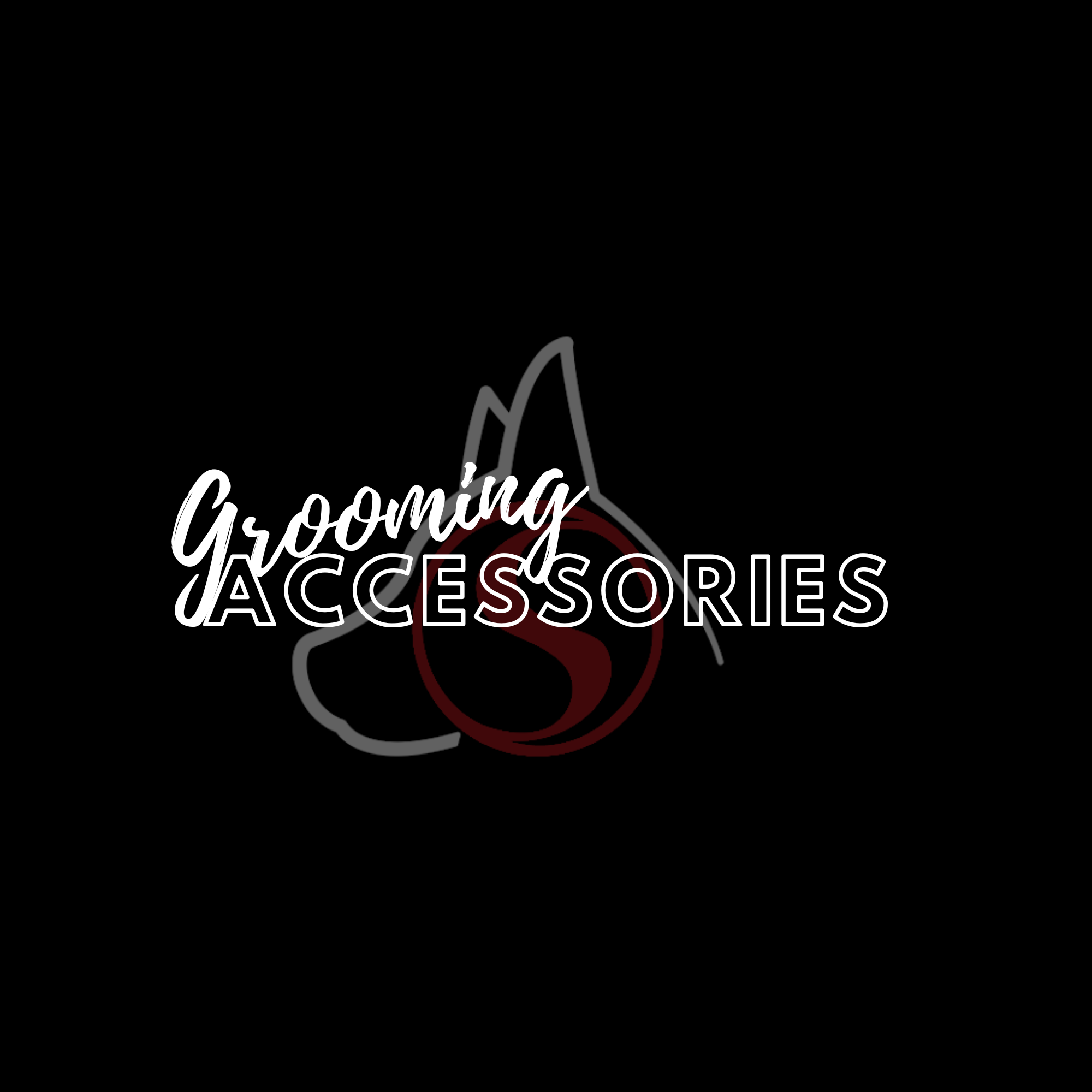What Makes A Good Barber Shear?
For a busy barber, a good shear isn’t just the tool of the trade: it’s what transforms your cuts into well-crafted masterpieces that keep your clients returning time and time again. A good shear won’t just give you a clean cut each time, it will also spare your hands and shoulders the many aches and pains that come after long days of repetitive movements.
The hairdressing industry has evolved over hundreds of years; while the essence of the trade remains the same, advances in technology and manufacturing have helped to develop shears and accessories that improve the ergonomics of each motion, allowing for better cuts and greater freedom for the stylist.

But with so many shears to choose from, shopping online can be perplexing. You want something that’s going to meet your precise needs and compliment your cutting technique, so you have to do the research and verify that you’re buying from a reputable company.
It’s kind of like picking out a new car – it has to feel right. Everything, from the handles to the blades affects the ergonomics of the shear, and ultimately, your user experience.
At Sensei, we believe in giving our customers the opportunity to make an educated purchase along with the reassurance that our high-quality shears are backed by excellent after-sales and support service. We’re just as excited to ship your new pair of shears to you as you are to receive them, so we want to make sure you have all the details before you choose your next pair.
Why is it important to choose the right shears?
Most barbers and stylists will want to gradually expand their shear kit so that they can apply different techniques and create the textures and styles their customers want. The shears you choose will mostly be determined by your own personal cutting style and what gives you comfort and speed. Knowing your clientele, the prevalent hair texture you’re likely to work with, and the most common cuts you’re expected to provide will also help to shape your decision.
Choosing the wrong shear will not only make each cut more difficult and time-consuming, but it could cause serious, long-term damage to your health. Investing in the right shears from the very beginning of your career is also an investment in the longevity and enjoyment of your work – something not to be underestimated. However, if you’ve already acquired a few aches and pains over the years, it’s not too late to reverse some of the damage by upgrading your toolkit.
The key features to consider
The handle
The type of handle you choose will affect your overall hand position. It’s all about comfort and control here.
Symmetric handle or opposing grip
This is the oldest and least ergonomic option. It forces the barber to keep the elbow lifted at all times and is the most likely culprit when it comes to repetitive strain injuries (RSI).
Offset Handle
An offset handle will still have you lifting your elbow, but the shorter thumb handle reduces the stress on the thumb.
Crane handle
The crane handle offers better ergonomics because it angles downwards when the blades are held horizontally, this moves your hand away from the body when cutting on the skin and gives you more freedom. It also significantly relieves the stress on your thumb, arm and shoulder.
Extended Crane or Neutral Grip
Here, the thumb handle is much shorter and further away from the finger hole, placing your hand in an open position which is more sympathetic to your tendons.
Neutral Grip with a Swivel or Rotating Thumb
This type of handle is perhaps the most sophisticated. It allows you to keep your elbow down while the rotating thumb hole enables you to move with greater comfort. If you’re concerned about RSI and carpal tunnel syndrome, this handle will go a long way to keeping you pain-free.
Handle thumb treatments
As your thumb does most of the heavy duty work, another important feature to consider when choosing the right shears are the thumb treatments.
Standard flat thumb
Move along, nothing to see here in the way of any special ergonomic benefit, but this may be a good option for a leftie that cuts with a right-handed shear.
Cut-away thumb handle
A little indent cut-out on the back of the ring allows the thumb to be used more openly and lends itself to helping lower the elbow when cutting length.
Anatomic thumb
This is where the thumb handle is bent a little bit lower allowing for better contact angles and enables you to use the side of your thumb to open the handles.
Rotating thumb handle
The rotating thumb handle keeps your grip open and your hand relaxed, reducing the risk of RSI, allowing you to keep your elbow down for the entire cut.
If you’d like to learn more about the different kinds of handles available and whether they are the right fit for you, have a look at the handle section of our online education booklet.
The blade
Much of your decision will also come down to the blade. There are a number of different options with varying qualities. Here is a more simplistic breakdown:
Beveled edge blade
These are usually less expensive but are fairly durable and easy to sharpen. You won’t be able to use more advanced cutting techniques with beveled edge blades, and the overall feel isn’t as smooth as with convex shears.
Convex edged blades
Expect a sharp and reliable cut with convex edge blades. These are more costly as they are harder to manufacture and sharpen as the finely-milled edge will need careful attention. You can slice cut and close cut with ease.
Sword Blade
The highest point of this blade is in the center and feels a bit stiffer. It possibly makes cutting thicker hair sections easier but is not as easy to use as the convex.
Blade length
Most hairdressers will use a blade that’s between 5” and 6” long. For precision cutting, you’ll want a shorter shear. Bob-lines and close-to-the-skin cuts require longer shears to minimize the time you spend cutting. Equally, if you’re attempting a slide cut, longer shears are your friend here as they allow you to slide the blades into the hair without having to continuously move the hair with your hand.

What do the experts recommend?
- The first and most important thing to consider when picking out your next pair of barber shears is the warranty offered by the supplier. Professional shears aren’t cheap; sellers who stand by their advertising promises will not be afraid to offer a reasonable warranty as well as supply you with plenty of information on product care and maintenance.
- Inquire about the tension of the scissors, it’s usually better to have an adjustable screw as opposed to one that would require a screwdriver.
- Choose the right shear for your dominant hand. Sensei caters for both right-handed stylists and lefties.
- Make sure that you feel comfortable with each motion of the shear. Too much action in the elbow and thumb is going to contribute to RSI or carpal tunnel syndrome over time. Look for a shear that supports a natural position for the hand.



















